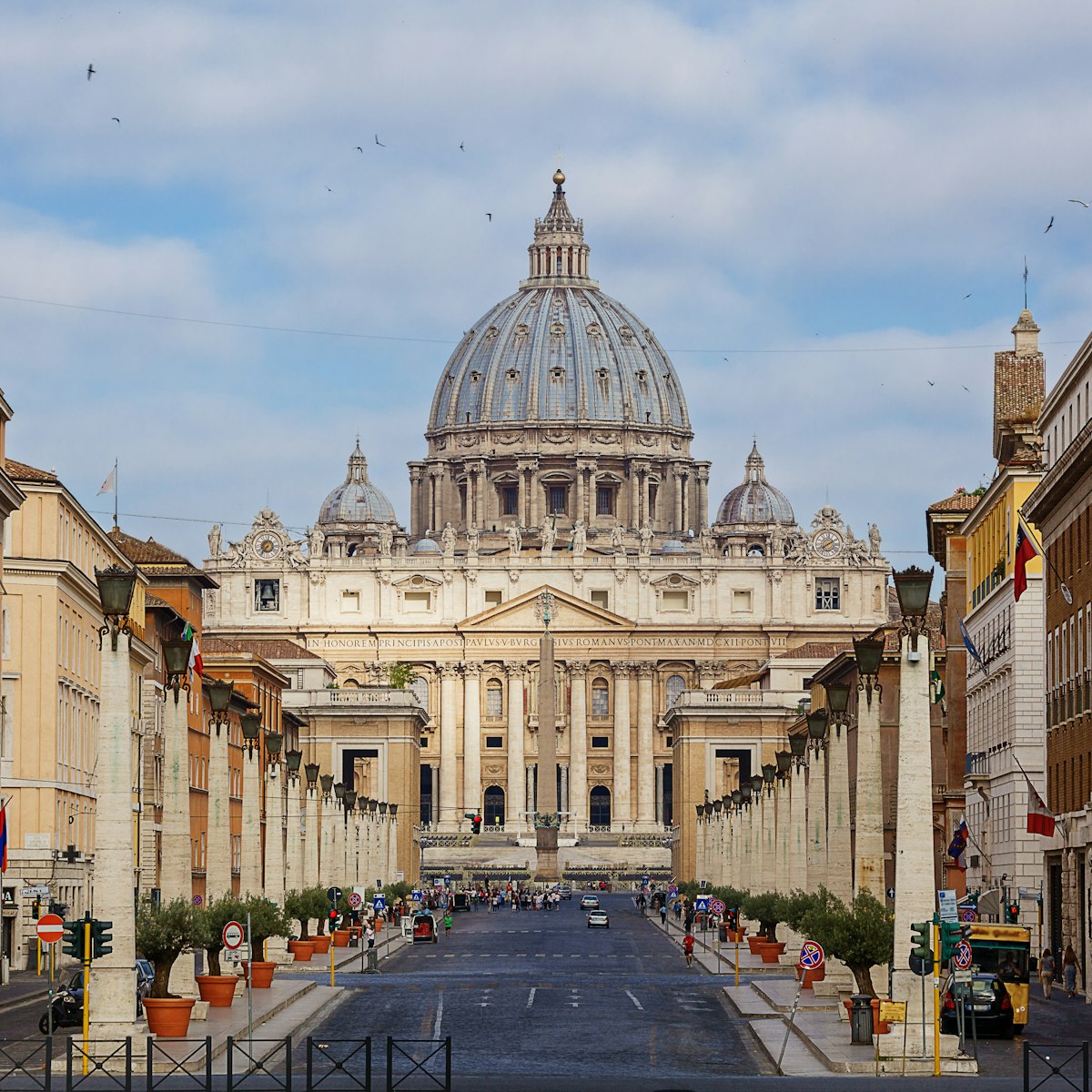This is one of Rome’s richest Renaissance churches, with a particularly impressive collection of art, including two Caravaggios: the Conversion of St Paul (1600–1601) and the Crucifixion of St Peter (1601). These are in the 16th-century Cerasi Chapel to the left of the main altar. Other fine works include Caracci's Assumption of the Virgin (c 1660) in the same chapel and multiple frescoes by Pinturicchio (look for his 1484–90 Adoration of the Christ Child in the Della Rovere Chapel).
The church has a central nave and four chapels on each of its sides. The first chapel was built here in 1099 to exorcise the ghost of Nero, who was secretly buried on this spot and whose ghost was thought to haunt the area. It was later overhauled, but the church's most important makeover came when Bramante renovated the presbytery and choir and Pinturicchio added his series of frescoes at the end of the 5th century. Bernini further reworked the church in the 17th century.
Look out for the Cappella Chigi, designed by Raphael for wealthy banker Agostino Chigi in 1514 but not completed until 100 years later, under Bernini's supervision.








